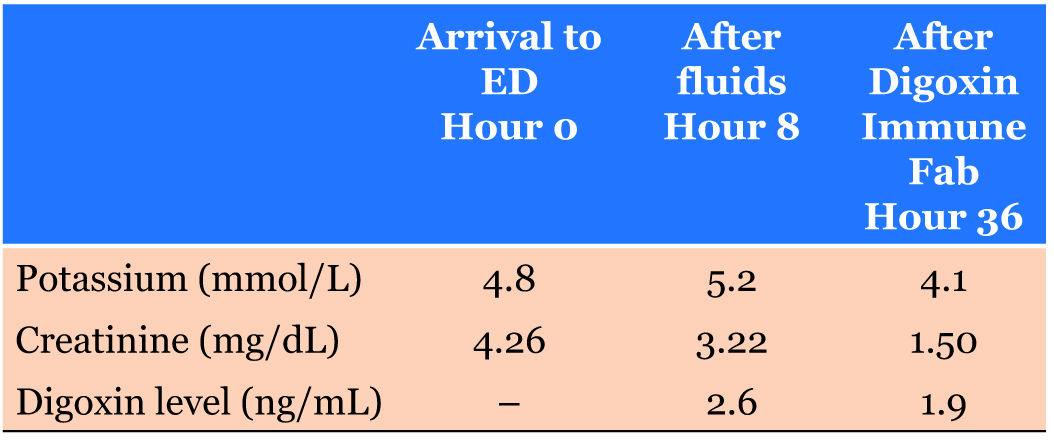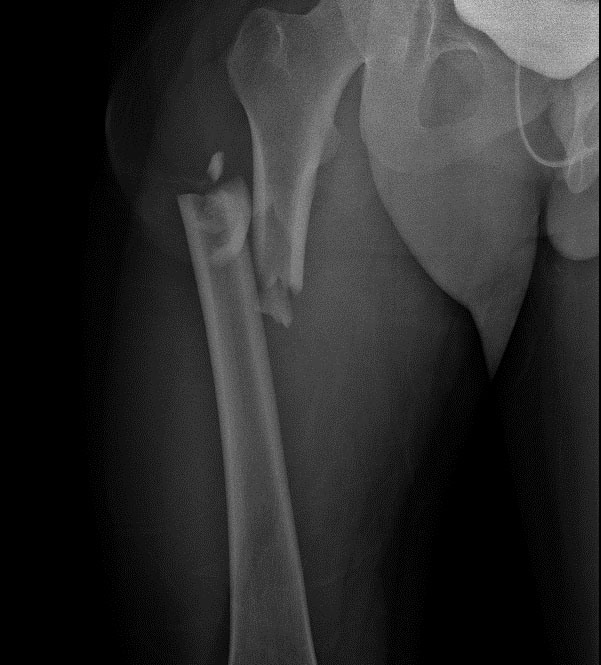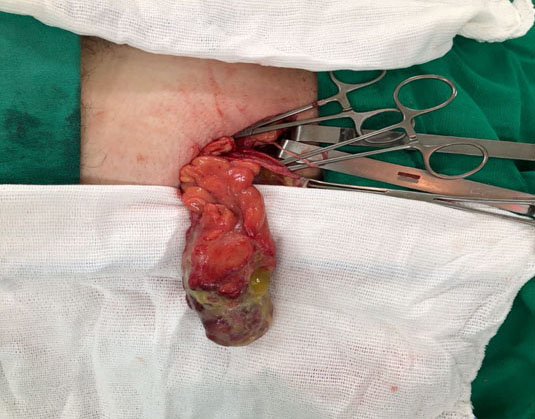 |
Case Report
Unusual presentation of giant schwannoma in the sciatic nerve
1 Medical Sciences Course, Health Sciences School, Faculdade Ceres (FACERES), São José do Rio Preto, SP, Brazil
2 Neurosurgeon, Member of the Brazilian Society of Neurosurgery, Santa Mônica Hospital, Goiânia, GO, Brazil
3 Neurosurgeon, PhD in Neurosurgery, Member of the Brazilian Society of Neurosurgery, Professor at Santa Mônica Hospital, Goiânia, GO, Brazil
Address correspondence to:
Julia Brasileiro de Faria Cavalcante
Av. AnÃsio Haddad, 6751, Jardim Francisco Fernandes, São José do Rio Preto, SP,
Brazil
Message to Corresponding Author
Article ID: 100081Z06JC2020
Access full text article on other devices

Access PDF of article on other devices

How to cite this article
Cavalcante JBF, Cembraneli PN, Cavalcante RBF, Valente VF, Cavalcante JES. Unusual presentation of giant schwannoma in the sciatic nerve. Case Rep Int 2020;9:100081Z06JC2020.ABSTRACT
Introduction: Schwannomas are benign, encapsulated, slow-growing, generally solitary tumors originating from Schwann cells in the peripheral nerve heath. Schwannoma of the sciatic nerve is a rare condition and, therefore, little documented in the literature.
Case Report: A 77-year-old female patient arrived at the clinic complaining of pain and the appearance of a mass in the middle third of her left thigh. She presented with a well-defined mass, horizontally movable, hyperalgesia to the touch at the site of the mass, and positive Tinel’s sign. Magnetic resonance imaging showed multiple lesions suggestive of neurinomas, with intense nodular enhancement after gadolinium contrast injection, diffuse, in the right thigh and in the middle third of the left thigh. Surgical treatment was proposed by our team, but the patient preferred to continue the outpatient follow-up, because the injury did not interfere in her daily activities.
Conclusion: Although schwannoma in the sciatic nerve is rare, it should be considered in the differential diagnosis of patients presenting with conditions that affect this nerve.
Keywords: Schwannoma, Sciatic nerve, Tumor
SUPPORTING INFORMATION
Author Contributions
Julia Brasileiro de Faria Cavalcante - Substantial contributions to conception and design, Acquisition of data, Analysis of data, Interpretation of data, Drafting the article, Revising it critically for important intellectual content, Final approval of the version to be published
Pedro Nogarotto Cembraneli - Substantial contributions to conception and design, Acquisition of data, Analysis of data, Interpretation of data, Drafting the article, Revising it critically for important intellectual content, Final approval of the version to be published
Renata Brasileiro de Faria Cavalcante - Substantial contributions to conception and design, Acquisition of data, Analysis of data, Interpretation of data, Drafting the article, Revising it critically for important intellectual content, Final approval of the version to be published
Volmer Fernandes Valente Junior - Substantial contributions to conception and design, Acquisition of data, Analysis of data, Interpretation of data, Drafting the article, Revising it critically for important intellectual content, Final approval of the version to be published
José Edison da Silva Cavalcante - Substantial contributions to conception and design, Acquisition of data, Analysis of data, Interpretation of data, Drafting the article, Revising it critically for important intellectual content, Final approval of the version to be published
Guaranter of SubmissionThe corresponding author is the guarantor of submission.
Source of SupportNone
Consent StatementWritten informed consent was obtained from the patient for publication of this article.
Data AvailabilityAll relevant data are within the paper and its Supporting Information files.
Conflict of InterestAuthors declare no conflict of interest.
Copyright© 2020 Julia Brasileiro de Faria Cavalcante et al. This article is distributed under the terms of Creative Commons Attribution License which permits unrestricted use, distribution and reproduction in any medium provided the original author(s) and original publisher are properly credited. Please see the copyright policy on the journal website for more information.





